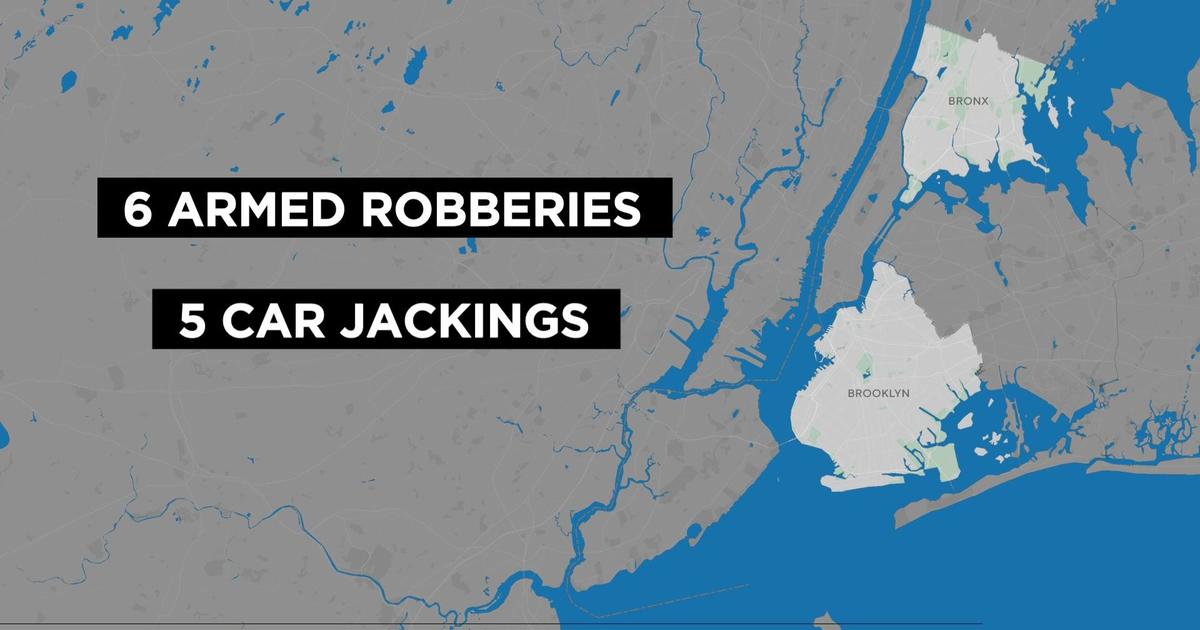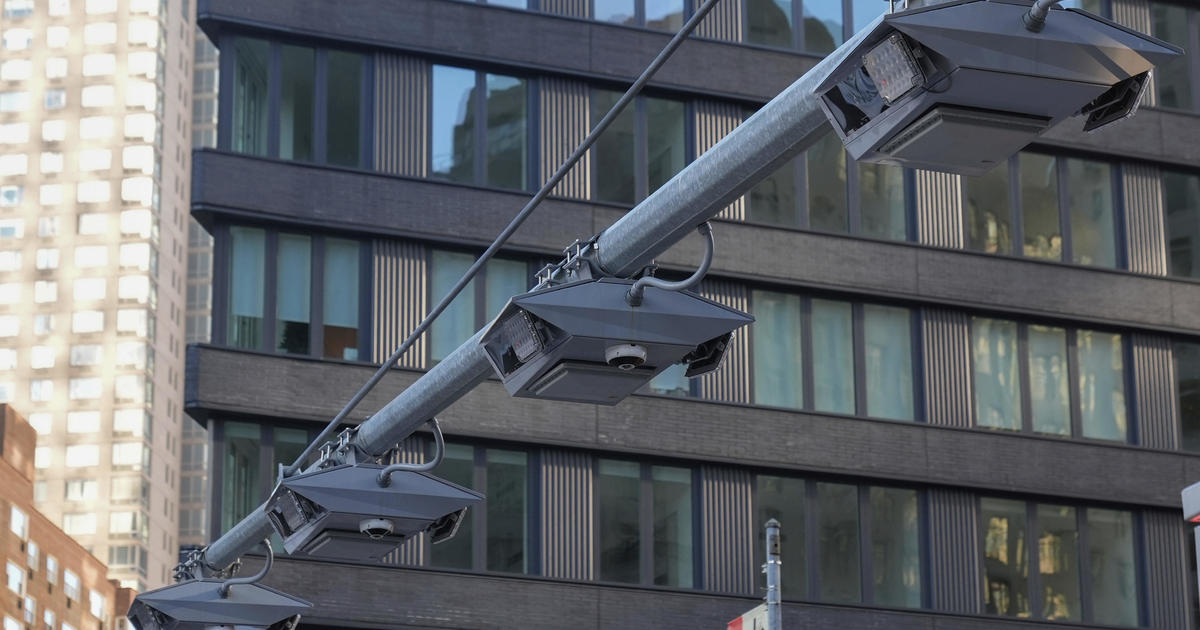Lower Manhattan Population Blossoms Years After 9/11 Attacks
NEW YORK (AP / CBS New York) - After the Sept. 11 attacks, there were grim questions about the future of the shaken, dust-covered neighborhoods around the World Trade Center. Would residents flee uptown or to the suburbs? Would the epic job of rebuilding lower Manhattan be too much to bear? Who would want to live so close to a place associated with such horror?
As it turns out, plenty of folks.
WCBS 880's Sean Adams: Things Are Looking Up Downtown
Podcast
Census figures released last week show that the number of people living near ground zero has swelled by about 23,000 since 2000, making it one of the fastest-growing places in the city.
Virginia Lam, a publicist and former City Hall operative who moved into a newly converted residential building on Wall Street in 2006, said the site is a source of inspiration, rather than fear or gloom.
"It's pretty amazing,'' she said of the new towers rising from the 16-acre hole created by the attacks. "I feel like, being a New Yorker who was here on 9/11, and who has worked for the Fire Department and for the city, I think it is always in the back of my mind, but it's not something that dominates my thinking. I go about living my life.''
Joe Moore actually moved in before 9/11.
"It was worth staying. We knew that we wanted to be here and we weren't packing up and bailing out," Moore, who now has two children with his wife, told WCBS 880 reporter Sean Adams. "They've got freinds. They go to their schools together. They play in the same neighborhood together. They hang out on weekends together and it's all a nice, tight-knit community."
Eddie moved in two years ago, following his time in the military. Why?
"After all the time in the army, Ground Zero, being next to it, that's about it," says Eddie. "... and, the last part, after looking at all of the boroughs, the is the absolute most cleanest quietest place on the weekend, which I like."
About 45,750 people now live in the part of Manhattan south of Chambers Street, which encompasses ground zero. That is more than twice as many as there were during the last census.
There was also significant growth a little farther uptown. In all, 82,137 people were counted as living south of Canal Street, 15 blocks north of the trade center. That is an increase of 43 percent from 2000 in an area that includes the Financial District, Battery Park City, a section of tenement-packed Chinatown and the celebrity-studded streets of TriBeCa, which is short for "Triangle Below Canal.''
The change around Wall Street has been especially remarkable given the area's history as a financial hub, rather than a residential district.
One by one, bank headquarters have moved elsewhere, and millions of square feet of office space have been converted to homes - a change spurred partly by government incentives intended to help revive downtown after Sept. 11.
"It's astounding,'' said Julie Menin, head of the local community board. "Many people thought after 9/11 that people wouldn't remain in Lower Manhattan. Not only did people stay, they came in droves.''
New Yorkers have been well aware of the change. In the shell-shocked months after the attacks, the Financial District became a ghost town when workers left for the day. Now it is teeming with people around the clock.
Grocery stores have opened. Three new schools have opened up in four years. Briefcase-carrying stockbrokers now share sidewalk space with kids in strollers. A string of new apartment towers has been built along West Street, a short distance from the trade center site.
The area isn't finished growing, either. Near the foot of the Brooklyn Bridge, work was recently completed on the tallest apartment tower in the Western Hemisphere, a 76-story, 900-unit skyscraper designed by the architect Frank Gehry.
Growth downtown has far exceeded the rate elsewhere in the city. The 2010 census put the city's population at 8.18 million, up 2.1 percent from 2000.
People have been lured to Manhattan's southern tip by a number of things. Battery Park City, the planned community created on landfill at the edge of the Hudson River in the 1980s, is cut off from the car traffic that surges through the rest of Manhattan and is ringed by playgrounds and esplanades with exhilarating views of the harbor.
Before the attacks it was a work in progress, with a large section still unbuilt. Over the past decade, though, it has matured and filled up, finally becoming the community its designers envisioned in the 1970s.
Several of the area's public schools have a solid reputation. The area still isn't on par with other parts of the city when it comes to amenities like street parking or places to buy fresh vegetables, but things have been improving.
New Battery Park City resident Theresa Purcell said its isolation - it is one of the few places in the city that really feels as if it is on an island - is one of the things that attracted her.
"It is like a hidden little community,'' she said. "You are in the big, bad city,'' but still a "little world away.''
Across much of the area, there are few remaining signs of the damage done by the terror attacks. Even the tumult of construction at the trade center site barely interrupts the daily flow of residents, office workers and tourists through the neighborhood.
"People should be proud of the fact that we rebuilt this neighborhood,'' Menin said. New Yorkers could have abandoned their experiment in downtown living after 9/11, but it didn't happen. "I think just the opposite happened. It proved our resilience.''
(TM and Copyright 2011 CBS Radio Inc. and its relevant subsidiaries. CBS RADIO and EYE Logo TM and Copyright 2011 CBS Broadcasting Inc. Used under license. All Rights Reserved. This material may not be published, broadcast, rewritten, or redistributed. The Associated Press contributed to this report.)



